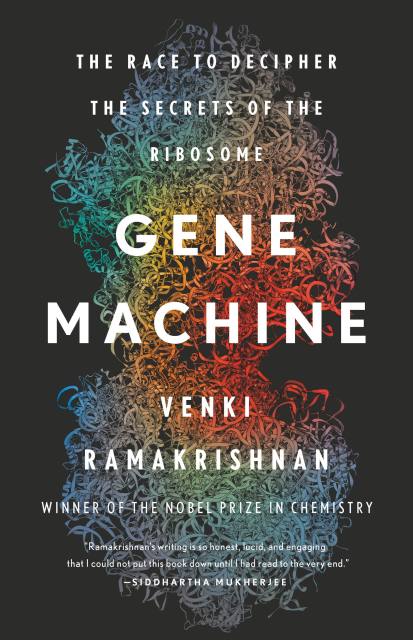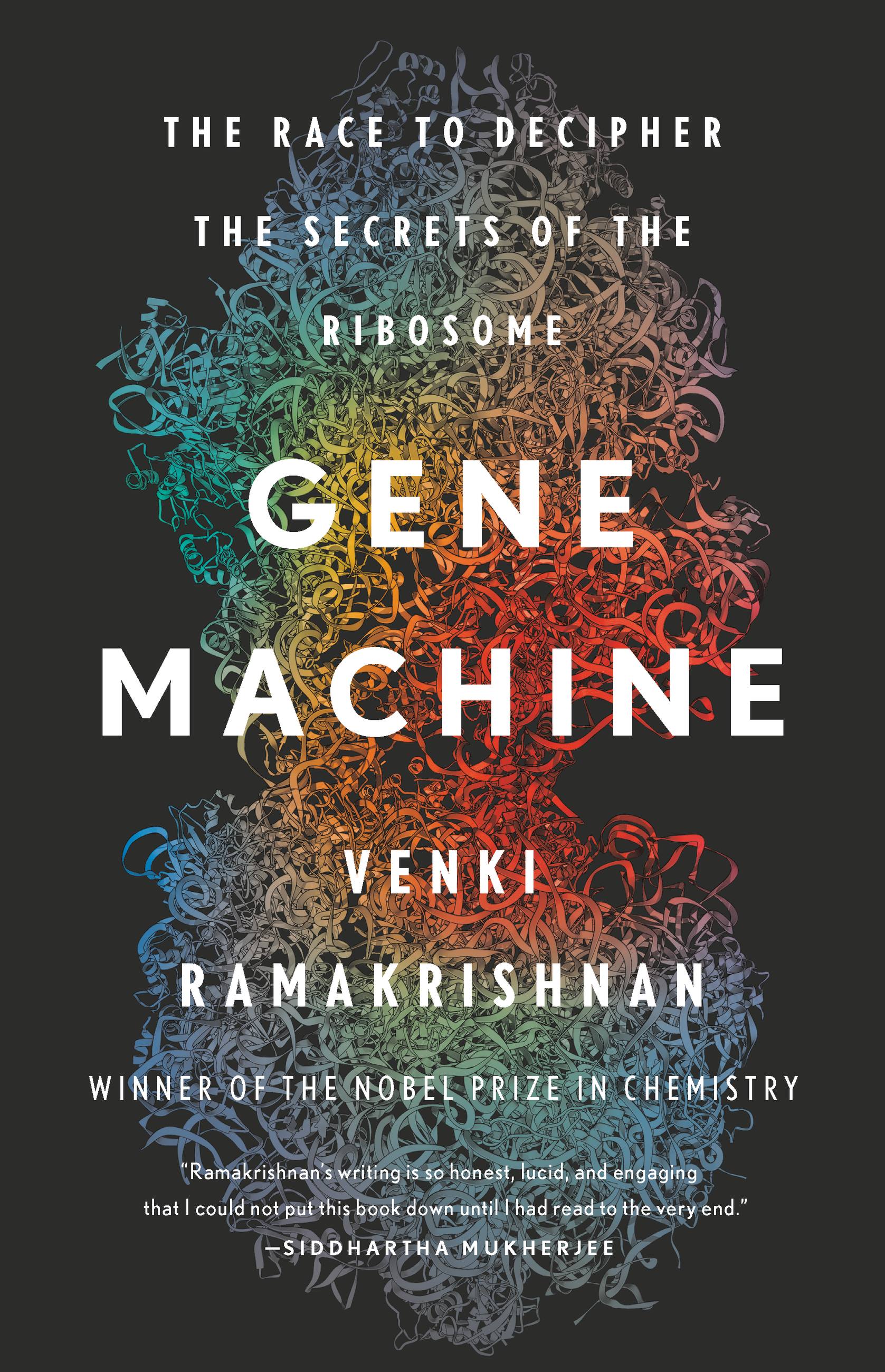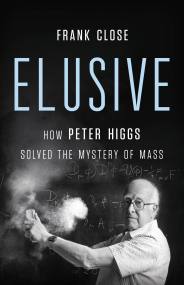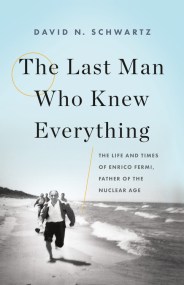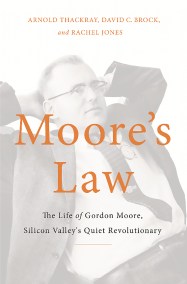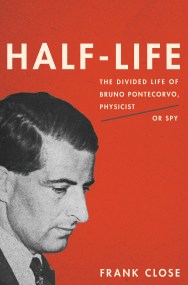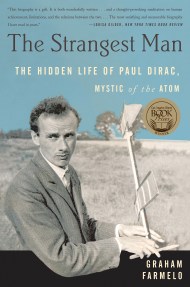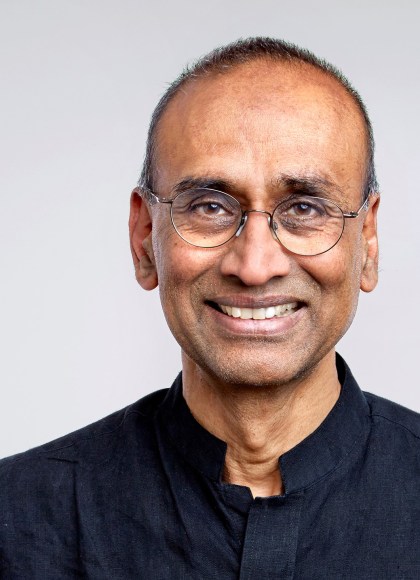Promotion
Use code MOM24 for 20% off site wide + free shipping over $45
Gene Machine
The Race to Decipher the Secrets of the Ribosome
Contributors
Formats and Prices
Price
$12.99Price
$16.99 CADFormat
Format:
- ebook $12.99 $16.99 CAD
- Hardcover $30.00 $38.00 CAD
- Trade Paperback $18.99 $23.99 CAD
This item is a preorder. Your payment method will be charged immediately, and the product is expected to ship on or around November 6, 2018. This date is subject to change due to shipping delays beyond our control.
Also available from:
“Ramakrishnan’s writing is so honest, lucid and engaging that I could not put this book down until I had read to the very end.” — Siddhartha Mukherjee, author of The Emperor of All Maladies and The Gene
Everyone has heard of DNA. But by itself, DNA is just an inert blueprint for life. It is the ribosome — an enormous molecular machine made up of a million atoms — that makes DNA come to life, turning our genetic code into proteins and therefore into us. Gene Machine is an insider account of the race for the structure of the ribosome, a fundamental discovery that both advances our knowledge of all life and could lead to the development of better antibiotics against life-threatening diseases. But this is also a human story of Ramakrishnan’s unlikely journey, from his first fumbling experiments in a biology lab to being the dark horse in a fierce competition with some of the world’s best scientists. In the end, Gene Machine is a frank insider’s account of the pursuit of high-stakes science.
Genre:
- On Sale
- Nov 6, 2018
- Page Count
- 288 pages
- Publisher
- Basic Books
- ISBN-13
- 9780465093373
Newsletter Signup
By clicking ‘Sign Up,’ I acknowledge that I have read and agree to Hachette Book Group’s Privacy Policy and Terms of Use
